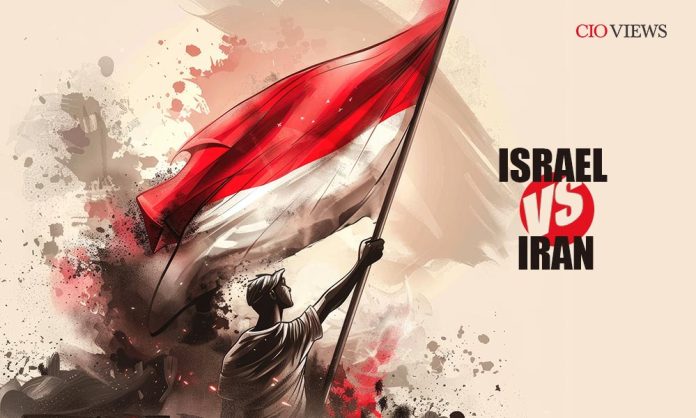Two nations, two models. Israel thrives on tech and global trade. Iran leans on oil but battles sanctions. Their economic clash plays out quietly, yet globally significant.
Economic Overview: Israel and Iran at a Glance
Israel operates as a high-income, market-oriented economy.
Its GDP per capita is over $50,000 (2024 est.).
It’s powered by high-tech, defense, services, and global investment.
Iran, by contrast, is a resource-rich but sanction-hit economy.
Its GDP per capita remains around $6,000, heavily reliant on oil exports.
Inflation, political isolation, and currency instability continue to hinder growth.
Israel’s low inflation and stable shekel attract foreign capital.
Iran’s rial has lost over 85% value in the last decade.
Black markets and state subsidies shape daily life in Iran.
Global positioning matters too.
Israel has free trade agreements with the U.S., EU, and Asia.
Iran trades mostly with China, Russia, and limited neighbors due to sanctions.
GDP Growth and Economic Structure Comparison
Israel’s GDP (2024): ~$610 billion
Iran’s GDP (2024): ~$400 billion (unofficial due to sanctions)
Israel
-
70% from services
-
20% from industry
-
10% from agriculture, defense-tech, and others
Iran
-
~50% from oil and gas
-
30% from industry
-
20% services and agriculture
Israel’s strength is diversification.
Its economy keeps growing despite no oil or vast land.
Iran’s weakness is its over-dependence on crude oil revenue.
GDP growth:
-
Israel: Steady 3–4% annually
-
Iran: Volatile, ranging from -5% to +2%, tied to oil sanctions
Energy vs Innovation: Diverging Economic Pillars
Iran’s Oil Dependency
Iran holds the world’s 4th largest proven oil reserves.
Its economy relies on exporting crude, mostly to China and India.
But U.S. and EU sanctions severely limit revenue and investment.
Oil infrastructure remains outdated due to lack of foreign tech access.
Revenue fluctuations cause budget deficits and inflation.
Israel’s Tech Sector
Israel spends ~5% of GDP on R&D — the highest globally.
It hosts 6,000+ startups, many in AI, cybersecurity, and medical tech.
Foreign firms like Intel, Google, and Microsoft operate R&D hubs in Tel Aviv.
Exports are software, semiconductors, and defense tech — not resources.
Innovation drives stable employment and high wages.
Sanctions, Trade, and Global Relations
Effect of U.S. and EU Sanctions
Iran has faced decades of sanctions over its nuclear program.
These block international banking, limit oil exports, and deter FDI.
Its central bank is disconnected from SWIFT.
Even barter trades have increased due to limited foreign currency access.
Israel, meanwhile, benefits from strong U.S. ties, aid, and global investments.
It trades freely with EU, Asia-Pacific, and participates in WTO agreements.
Its inclusion in Abraham Accords further opened Arab markets.
Workforce, Inflation and Living Standards
Israel
-
Unemployment: ~4%
-
Minimum wage: ~$1,500/month
-
Inflation: ~2.7% (controlled by Bank of Israel)
Iran
-
Unemployment: ~10–12%
-
Minimum wage: ~$100/month (equivalent)
-
Inflation: ~40% due to monetary policy and sanctions
Israel’s population enjoys higher life expectancy, better education, and universal healthcare.
Iran faces brain drain, especially in science and engineering.
Military Spending and Economic Strain
Israel spends about 5% of GDP on defense, focusing on quality and innovation.
Iran spends about 4% of GDP, but much of it is used for regional influence and proxy warfare.
For Israel, defense boosts its tech sector through dual-use R&D.
For Iran, spending often replaces essential civilian infrastructure.
The economic cost of military priorities is far higher for Iran.
Who Leads in 2025 — A Comparative Verdict
By economic resilience and future growth potential, Israel leads.
-
It maintains consistent GDP growth.
-
Innovation offsets resource scarcity.
-
It integrates with global markets.
Iran’s economy remains constrained.
-
Oil dependency limits diversification.
-
Sanctions block development.
-
Inflation erodes living standards.
While Iran holds raw power through energy, Israel holds the economic edge through knowledge.
Also read: Business Models That Are Shaping the Post-Digital Era in 2025





